Many people like to get body modifications such as tattoos to express their individuality.
However, some people are completely against these kinds of things. Kerstin Tristan was one of the latter till 2015, when one incident changed her mind for good…
Keep reading to find out more about her journey.
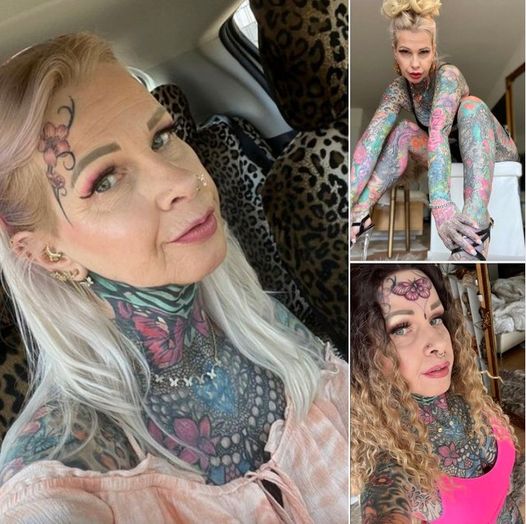
56-year-old Kerstin Tristan is a mother and grandmother. But her hobbies vary a little outside of what might be considered the ‘norm’ for a grandmother. She likes body modification art, mostly tattoos.
She has her entire body covered in tattoos at this point, and to dedicate herself to this level, she had to spend a lot of money. But she did not always love tattoos so much. In fact, she revealed that till 2015, she actually hated tattoos. What changed her mind about them? It was in the same year that she got her first one, which completely shifted her view on the practice.
“I simply just wanted to try something new. We all live just once, and I thought that at my age, something real has to come,” she shared.
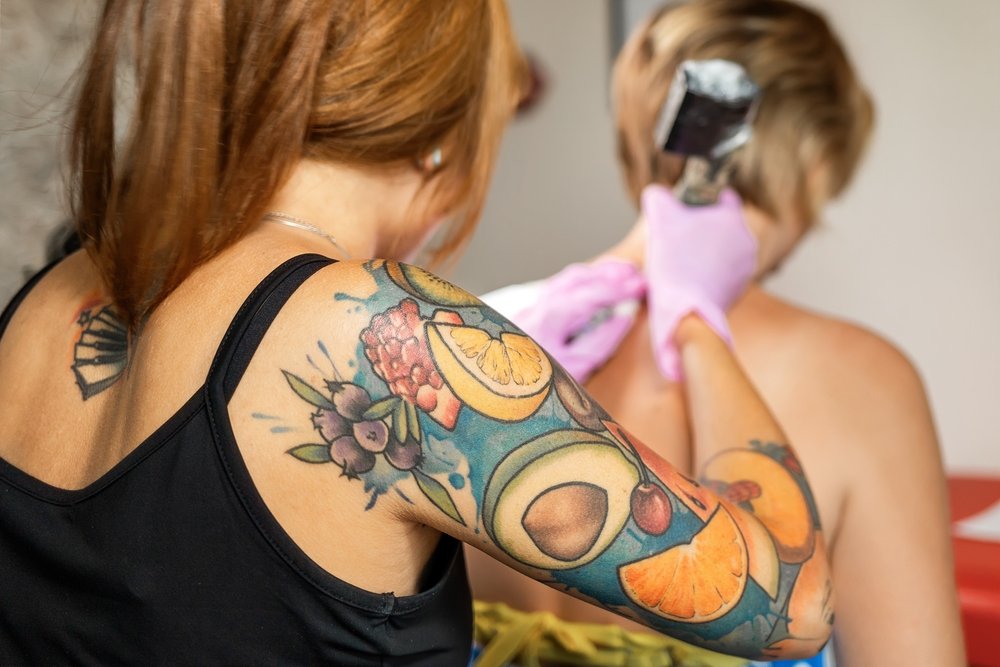
Since 2015, she has managed to spend 30,000 euros (approx. US $32,000) on modifying her body with tattoos alone. But thankfully, she has gotten a lot of attention and love because of her actions.
Her Instagram account has over 190,000 followers, and her TikTok videos have millions of views.
She is not shy to show off her looks! She posts pictures of herself showing off her entire body on Instagram. But she did not always look like this, just a decade ago, she was tattoo-free and looked completely different. She sometimes posts comparison photos for people to see the drastic change.
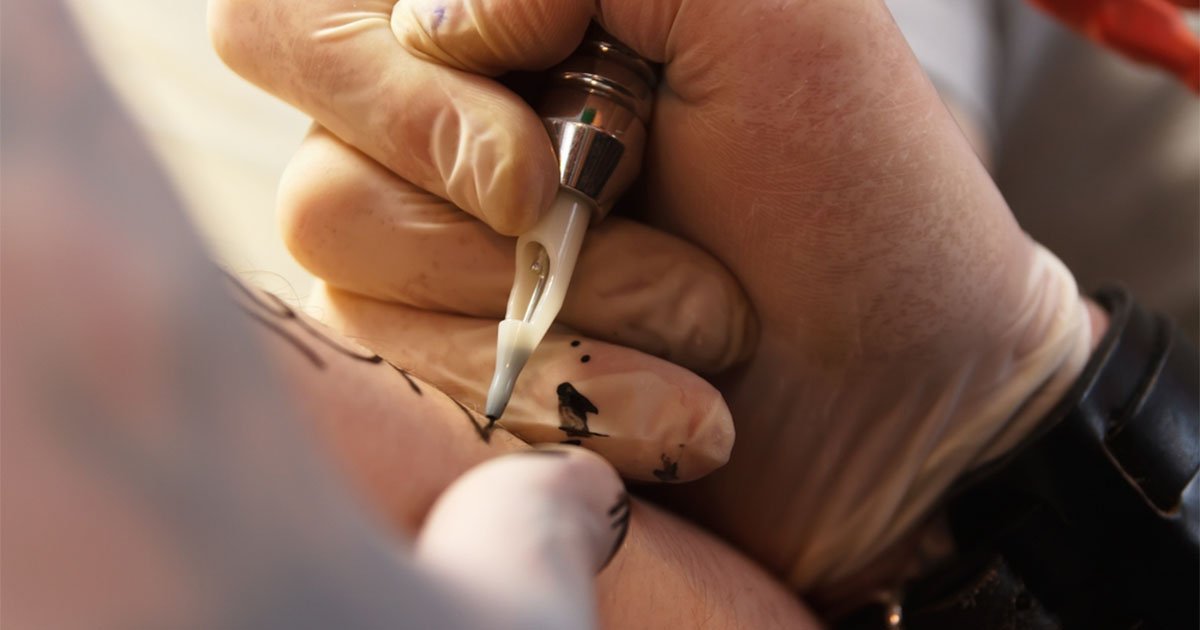
The German-based influencer has images of vibrant roses on her legs, a leopard print tattoo on her shoulders, and several detailed portraits on her arms. These tattoos happen to be among dozens of others on her entire body.
She loves how she looks now, saying, ‘”When I look at myself in the mirror, I see a beautiful meadow full of flowers that one has to love.”
And she is not the only one who loves her look, one fan wrote, “A beautiful work of art.” While, another person wrote, “Wow stunning photo.”
If you liked this piece, you might like the story of Melanie Griffith’s tattoo for Antonio Banderas and the shocking appearance it has today, almost a decade after their divorce.
Expressing yourself is not something that should end with age. If anything, Kerstin is a wonderful example of how age should not define how you choose to express yourself to the world. What do you think of her tattoos? Let us know in the comments.
Why You Feel the Urge to Poop After Eating, Explained by a Doctor
Why You Feel the Urge to Poop After Eating: A Doctor Explains
Many people experience the need to use the restroom shortly after eating, and according to medical experts, this is a completely normal occurrence.
A healthcare professional on TikTok recently highlighted this common phenomenon, reassuring those who frequently rush to the bathroom after meals that they are not alone.
Understanding the Gastrocolic Reflex
Despite what it may seem, feeling the urge to have a bowel movement immediately after eating does not mean that your food is being digested unusually fast. Instead, this sensation is due to the “gastrocolic reflex.”
According to VeryWell Health, the gastrocolic reflex is a natural physiological response that stimulates movement in the lower gastrointestinal (GI) tract after consuming food. This reflex helps create space in your digestive system for incoming food by triggering contractions in the colon.
Dr. Salhab explains that as the stomach expands with food, it signals the brain, which then prompts the colon to contract. This reaction often leads to the urge to have a bowel movement. The waste that is expelled, however, is not from the most recent meal but consists of older digested food and fluids stored in the colon.
When the Reflex Is More Intense
For individuals with irritable bowel syndrome (IBS), the gastrocolic reflex can be more pronounced. According to the Cleveland Clinic, IBS can cause abdominal discomfort, bloating, constipation, diarrhea, and excessive gas.
Dr. Salhab notes that some people experience intense abdominal cramps or even diarrhea following meals due to heightened colon contractions. Fortunately, there are ways to manage these symptoms effectively.
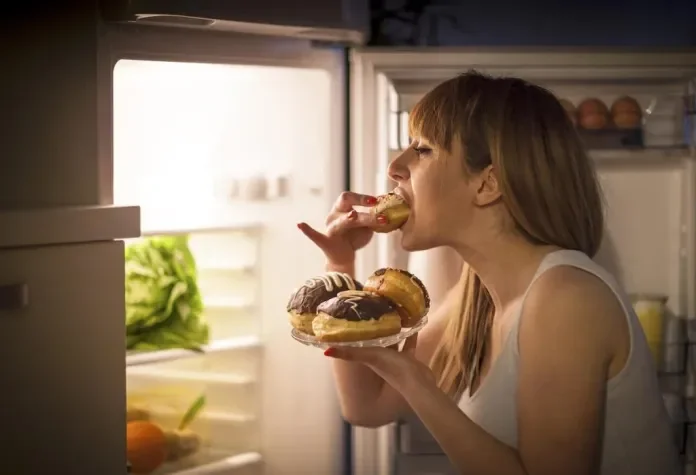
Managing Symptoms
To reduce the severity of post-meal bathroom urges, Dr. Salhab recommends avoiding certain trigger foods and beverages. These include:
- Carbonated drinks
- Alcoholic beverages
- Certain citrus fruits
- Dairy products (for some individuals)
- Fried and fatty foods
By making mindful dietary choices, you may be able to minimize discomfort and maintain better digestive health.
Share the Knowledge!
If you found this information helpful, share it with your friends and family so they, too, can better understand their digestive health!

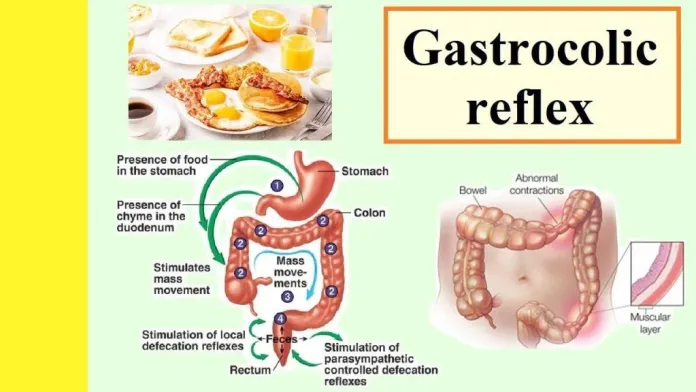



Leave a Reply